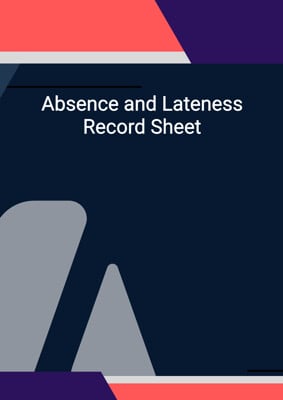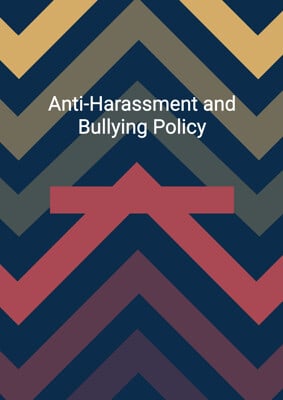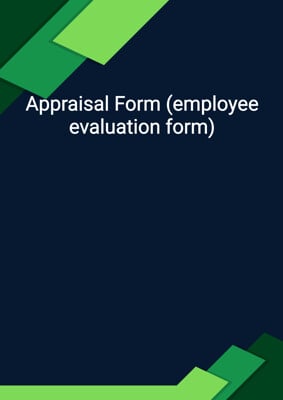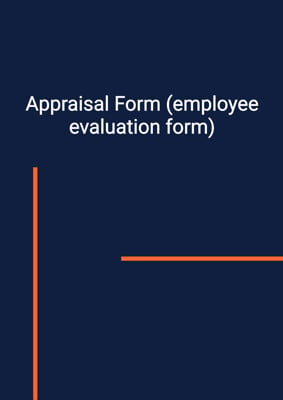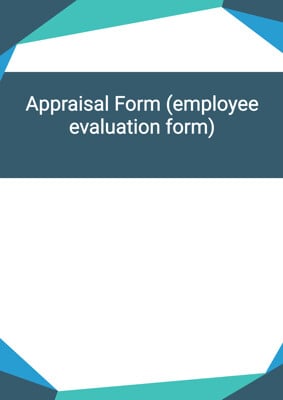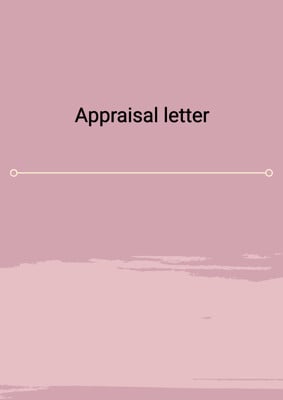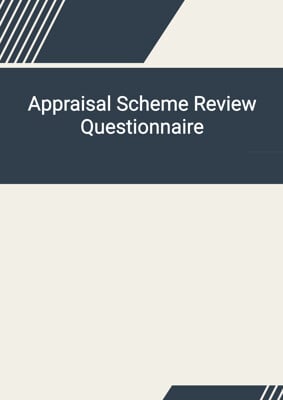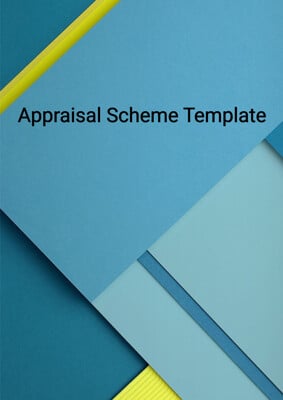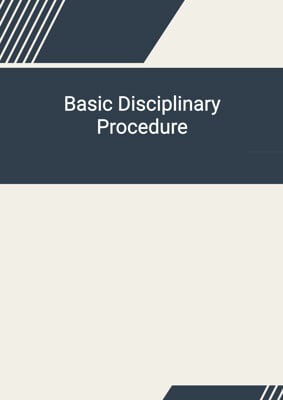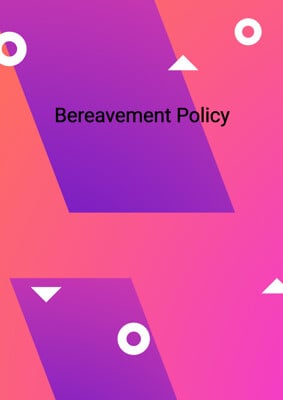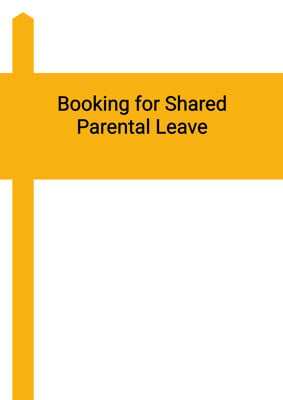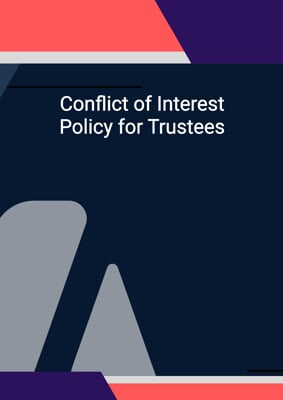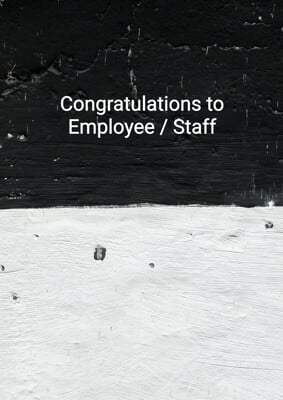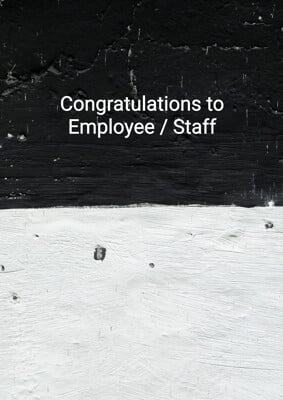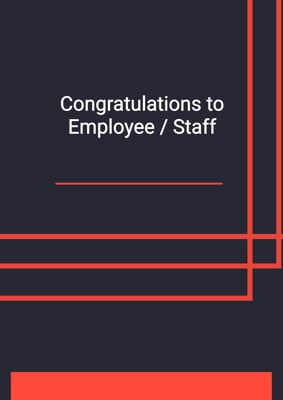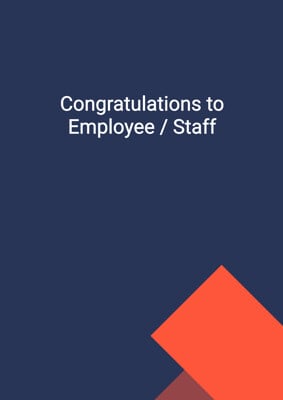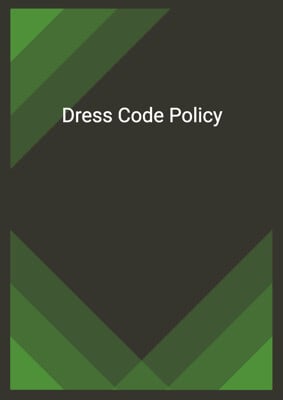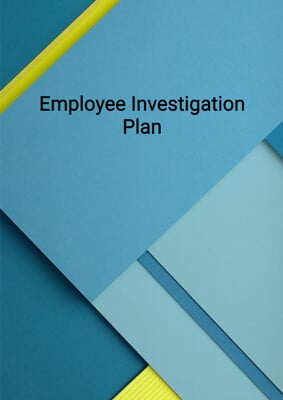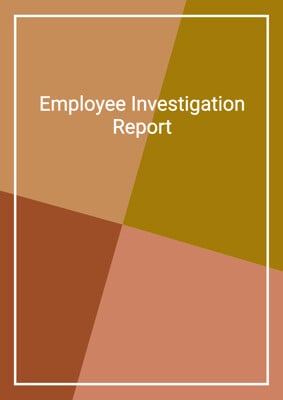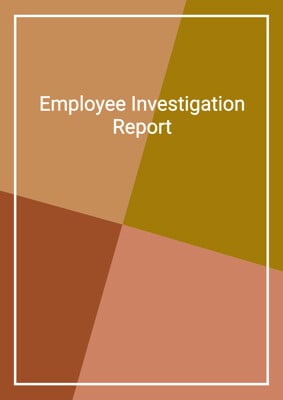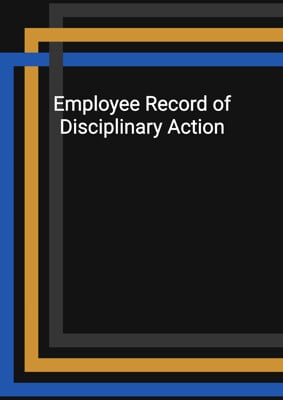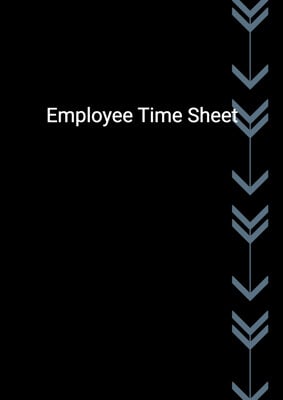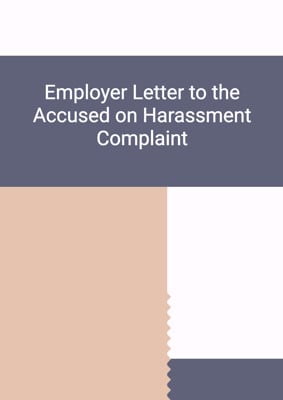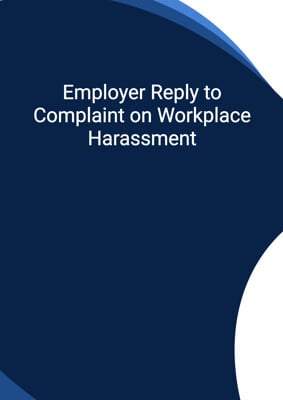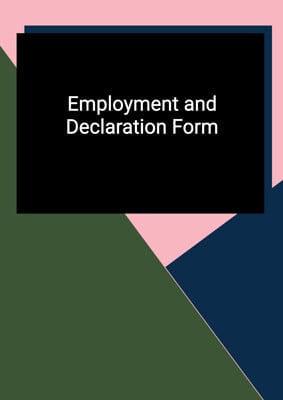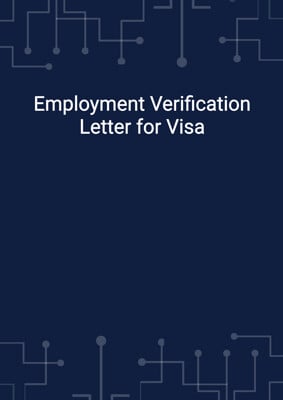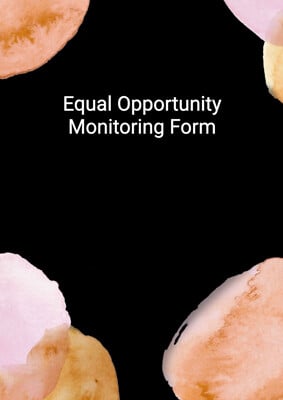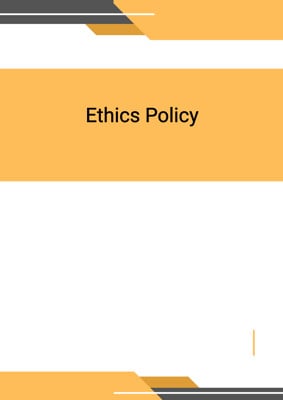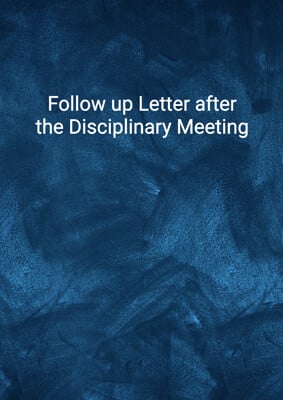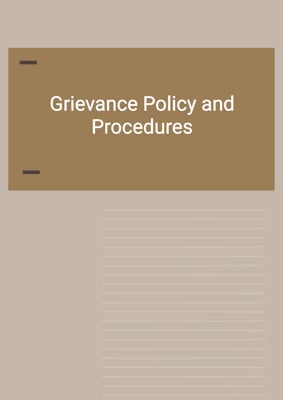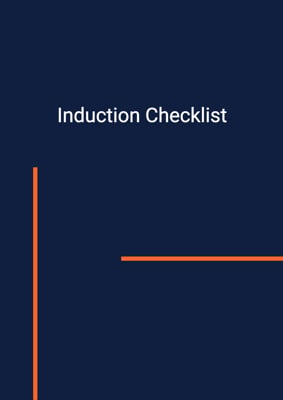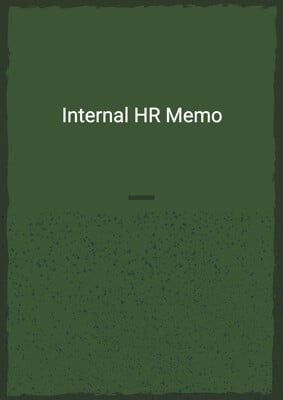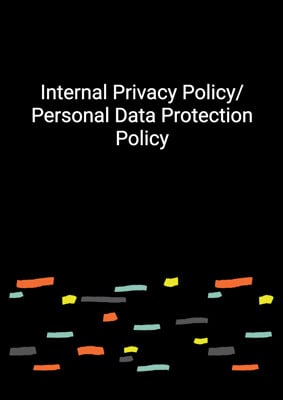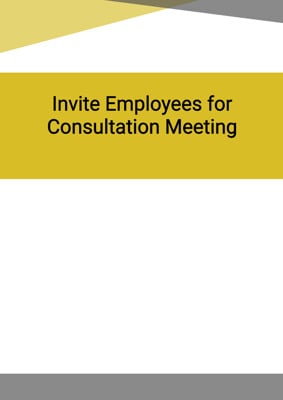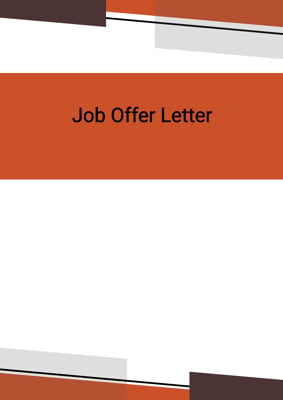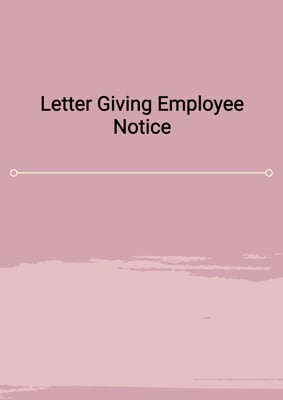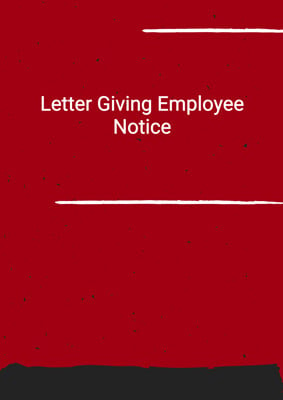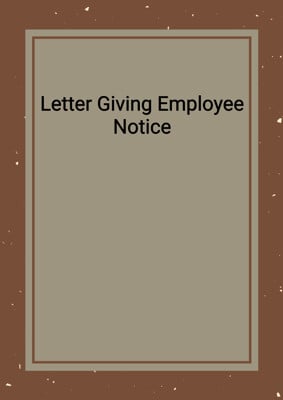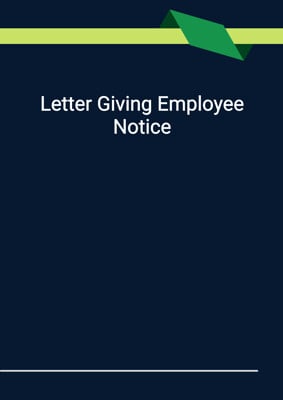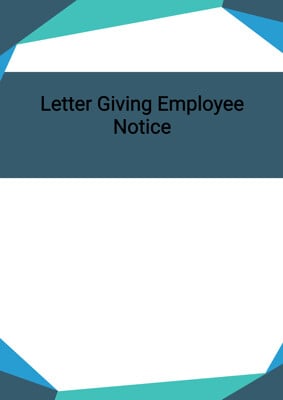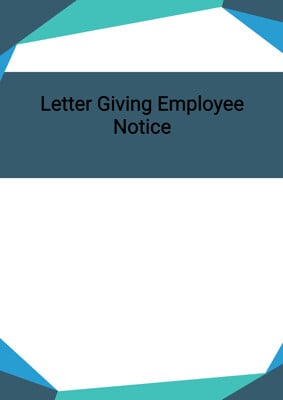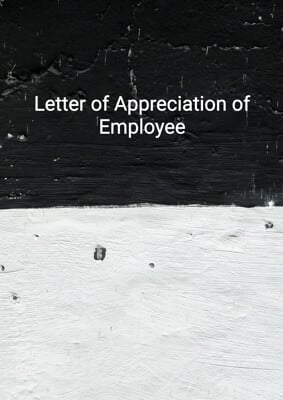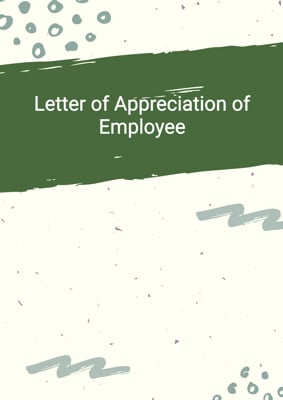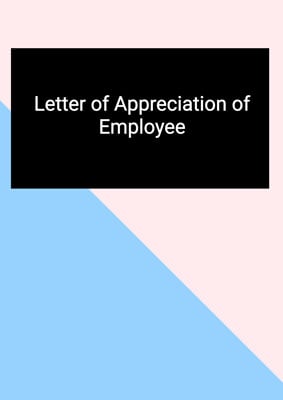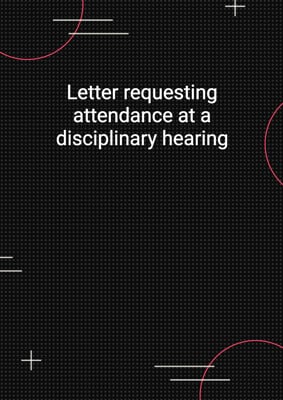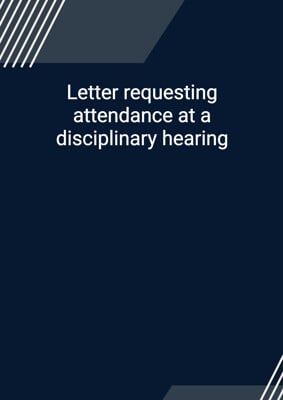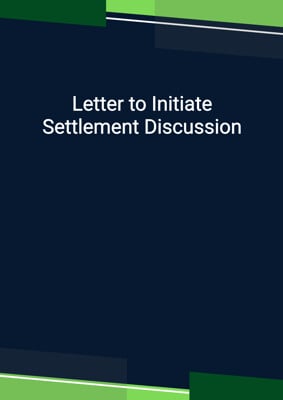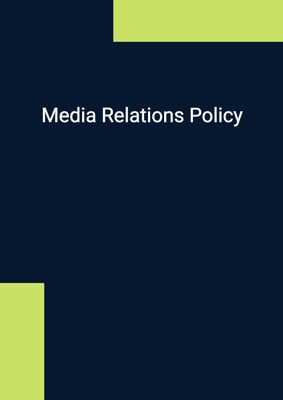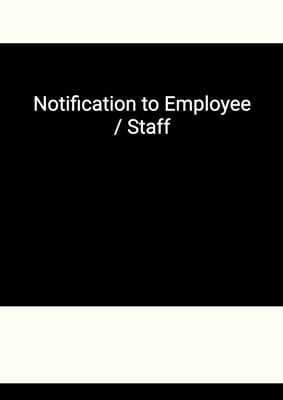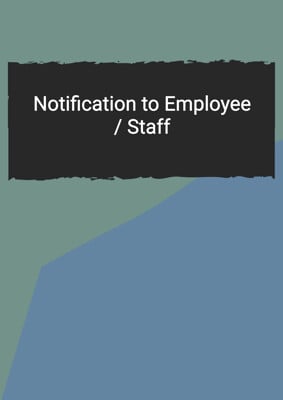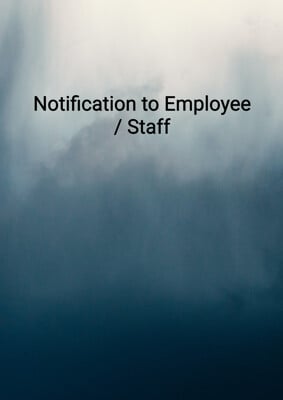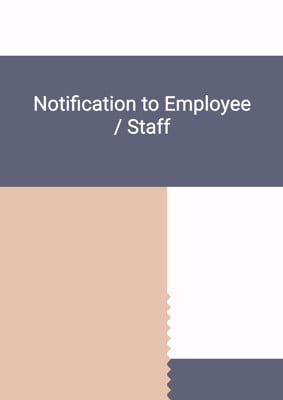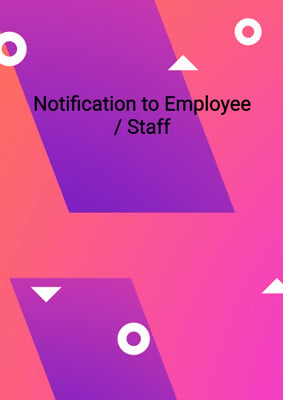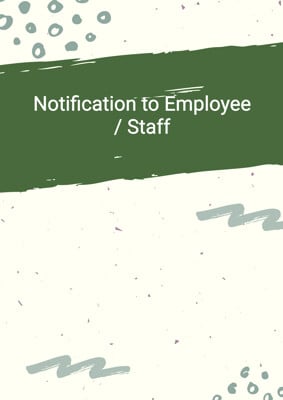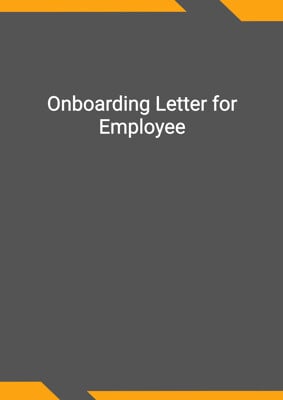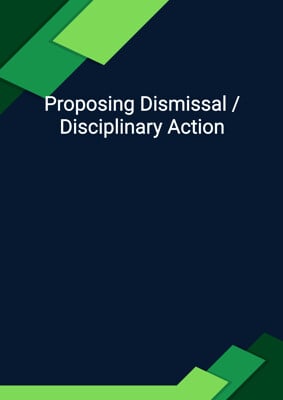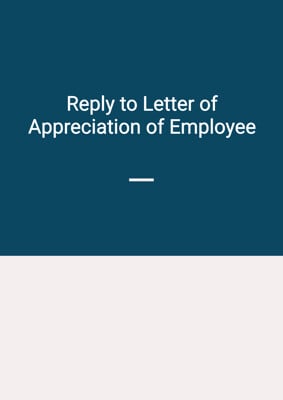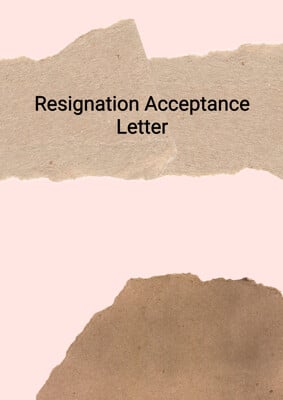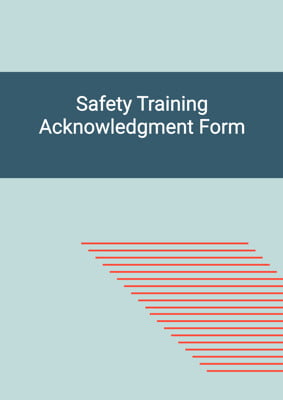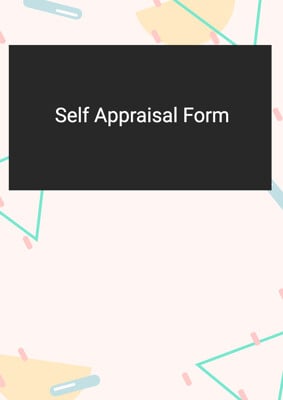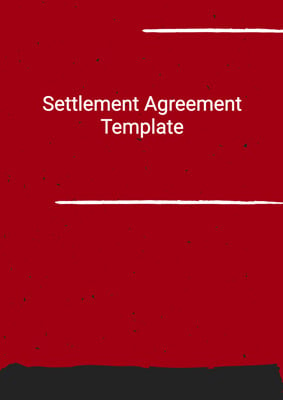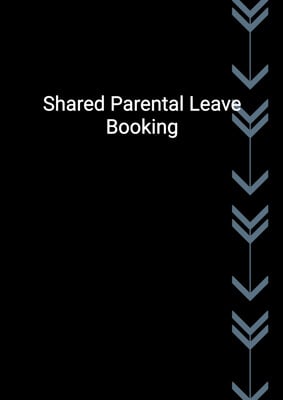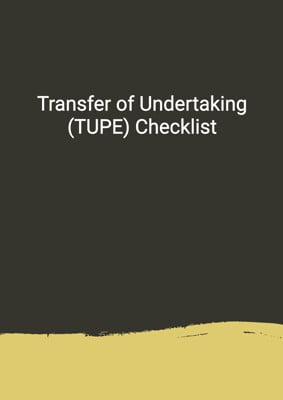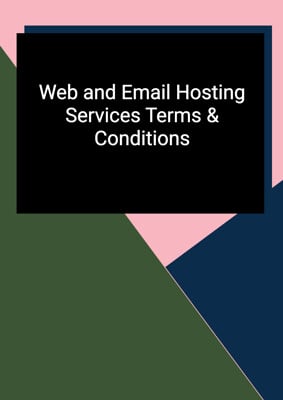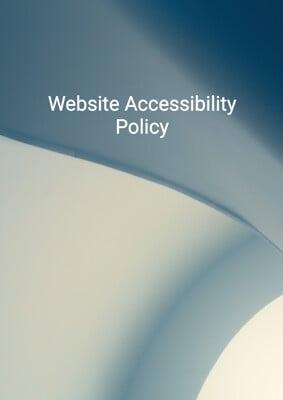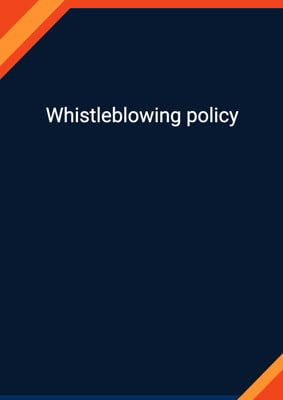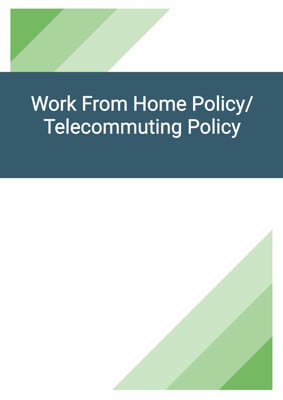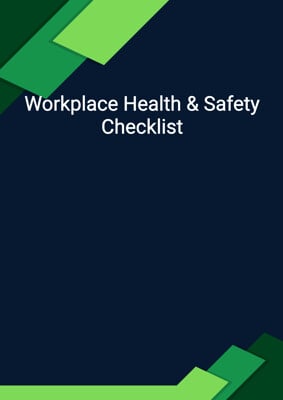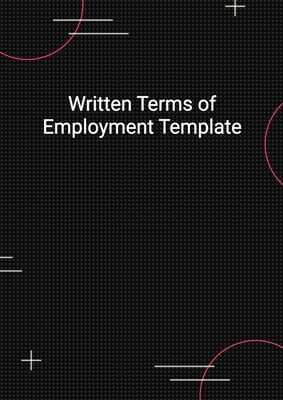How to Tailor the Document for Your Need?
01
Create Document
Click "Create Document" button and the document will be prepared with your account details automatically filled in.
02
Fill Information
Please fill in any additional information by following the step-by-step guide on the left hand side of the preview document and click the "Next" button.
03
Get Document
When you are done, click the "Get Document" button and you can download the document in Word or PDF format.
04
Review Document
Please review the document carefully and make any final modifications to ensure that the details are correct before publication / distribution.
Document Preview
Document Description
The Basic Grievance Procedure document is an essential tool for addressing and resolving grievances in the workplace. It outlines the steps that employees should follow when they have a complaint or grievance related to their work or the people they work with. The document emphasizes the importance of dealing with grievances informally in the first instance, encouraging employees to have a conversation with their manager to try and reach a resolution. If the matter is serious or cannot be resolved informally, the document provides guidance on how to raise the grievance formally in writing to the manager.
The document then explains the process of a grievance hearing, where the manager will call the employee to a meeting within five days to discuss the grievance. The employee has the right to be accompanied by a colleague or trade union representative at this meeting if they make a reasonable request. After the meeting, the manager will provide a written decision within 24 hours, unless further information is needed, in which case the employee will be informed of the expected timescale.
In the event that the employee is unhappy with the manager's decision, the document outlines the process for an appeal. The employee should inform their manager of their intention to appeal, and they will be invited to an appeal meeting within five days. The appeal will be heard by a more senior manager or the company owner, and the employee has the right to be accompanied by a colleague or trade union representative. After the meeting, the manager or owner will provide a decision within 24 hours, which will be final.
Overall, the Basic Grievance Procedure document provides a clear and structured approach for employees to follow when they have a grievance. It ensures that grievances are addressed in a fair and timely manner, promoting effective communication and resolution within the workplace.
How to use this document?
1. Start informally: If you have a grievance or complaint, begin by discussing it with your manager. Try to find a solution together.
2. Formalize the grievance: If the matter is serious or cannot be resolved informally, write a formal grievance letter to your manager. Stick to the facts and avoid insulting or abusive language.
3. Grievance hearing: Your manager will call you to a meeting within five days to discuss your grievance. You can bring a colleague or trade union representative with you if you request.
4. Manager's decision: After the meeting, the manager will provide a written decision within 24 hours, unless more information is needed. You will be informed of the expected timescale.
5. Appeal process: If you are unhappy with the manager's decision, inform your manager of your intention to appeal. You will be invited to an appeal meeting within five days, where a more senior manager or the company owner will hear your appeal. You can bring a colleague or trade union representative with you.
6. Final decision: After the appeal meeting, the manager or owner will provide a decision within 24 hours, which will be final. Follow the decision accordingly.
Not the right document?
Don’t worry, we have thousands of documents for you to choose from:

